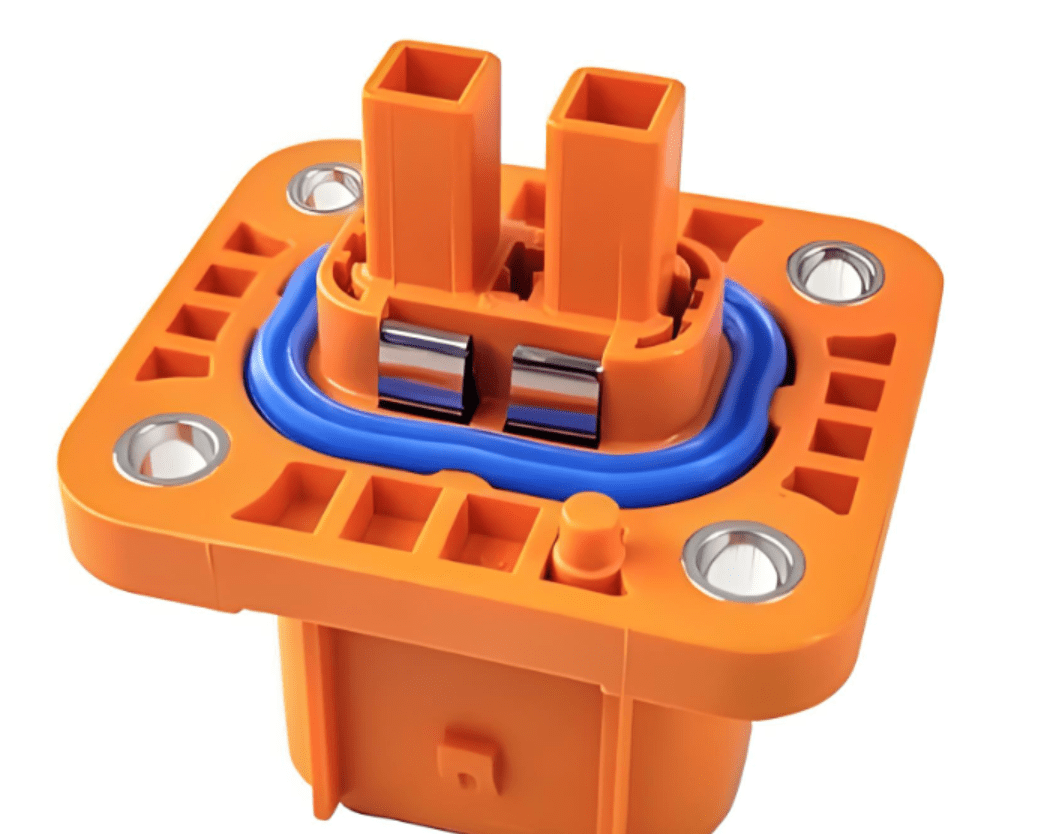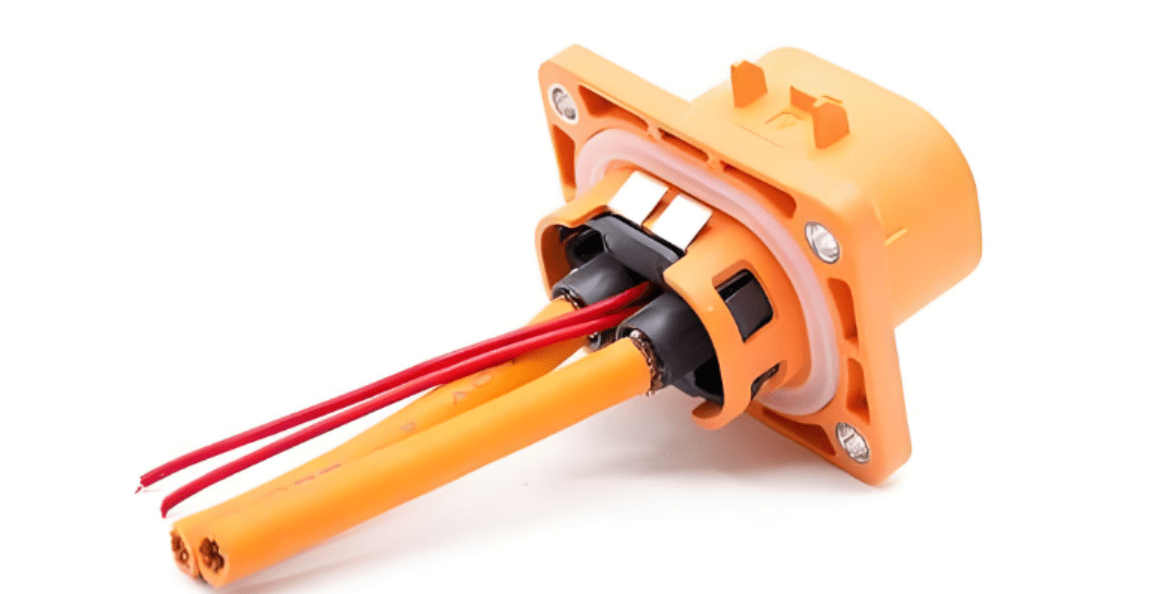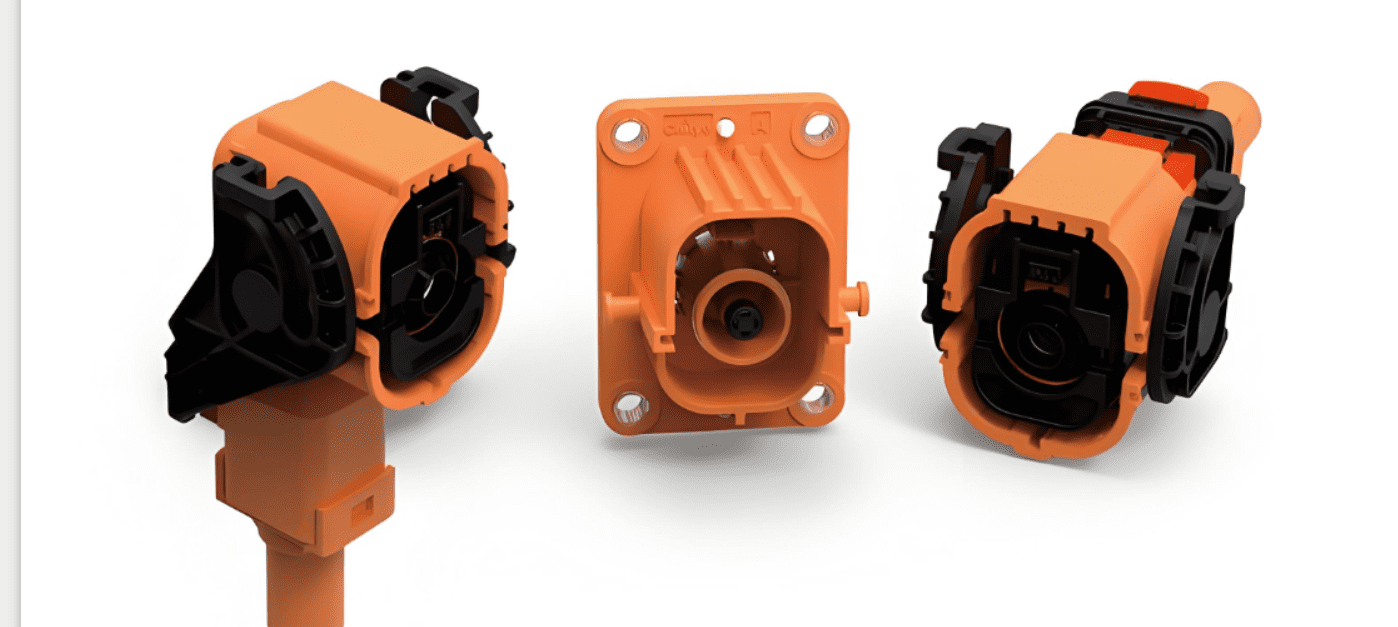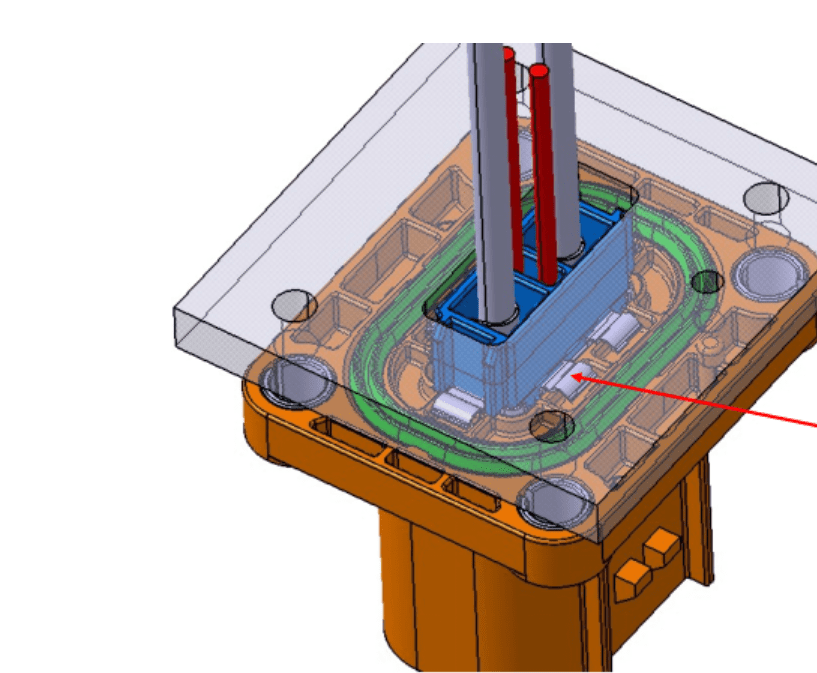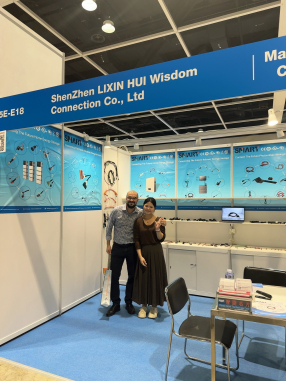Hyperthyroidism Brother" Live Broadcast in China Goes Viral Why Does Foreigners Learn Kung Fu Make the Whole Network Laugh?
1. Background of the Event: An Unexpected Cultural Clash
Recently, overseas Internet celebrity "Hyperthyroidism Brother" (a typical exaggerated style blogger) came to China to live broadcast and learn Chinese Kung Fu, causing laughter on the whole network due to his clumsy and hard-working performance. His videos were wildly spread on platforms such as Douyin, Bilibili, and YouTube, and even led to a wave of imitation of "foreigners learning Kung Fu".
Phenomenon-level data:
Single video playback volume exceeded 50 million+
Weibo topic **#Hyperthyroidism Brother is controlled by Chinese Kung Fu#** Reading volume exceeded 200 million
Overseas netizens hotly discussed: "Chinese Kung Fu looks simple, but it turns out to be so difficult?!"
2. Why is "Hyperthyroidism Brother Learning Kung Fu" so popular?
From the perspective of cultural communication, there are several key points behind this "farce":
① Contrast creates comedy effect
Personality contrast: A web celebrity known for "exaggeration" suddenly takes a horse stance and Tai Chi seriously, but his movements are full of loopholes.
Cultural contrast: Westerners' "superhero imagination" of Kung Fu vs. the chaos in reality, which creates a natural laugh.
② "Soft output" of Chinese Kung Fu
Behind the ridicule of netizens, there is actually curiosity and recognition of Chinese martial arts. The "failure" of the hyperthyroid brother made the audience realize: "Kung Fu really requires years of hard practice!"
It invisibly breaks the "stereotype of foreigners" (such as "Chinese people can fly over eaves and walk on walls") and shows the real cultural learning process.
③ "Immersive experience" of live broadcast
The details of sweating, panting, and asking for help from the master in front of the camera make the audience empathize: "It turns out that it is so difficult for foreigners to learn Kung Fu!"
Bullet screen interaction (such as "Master: This apprentice can't be kept" and "Blood pressure is rising") enhances the entertainment of communication.
3. Inspiration from cultural propaganda: How to make the world "accept China with a smile"?
The case of Brother Kangjia just proves the effectiveness of **"easy communication":
✅ Use entertainment to "break the ice" of serious culture
Kung Fu, calligraphy, tea ceremony and other traditional cultures have lowered the threshold for communication through the funny form of "foreigners' first experience".
Case: YouTube blogger "Xiaomanyc" praised Chinese food in Chinese and received millions of likes.
✅ Let foreigners become "cultural spokespersons"
The real reactions of foreigners (especially the "turnaround" moments) are more convincing than official promotional videos.
Comparison: Brother Kangjia's "pain mask" vs. the "smooth flow" of traditional promotional videos, the former is more likely to trigger discussion.
✅ Platform algorithms promote "cross-border communication"
The fragmentation and high interactivity of short videos allow cultural content to break through the circle. Under the "Kung Fu Challenge" label of Douyin, a large number of users followed suit.
4. Reflection: What is left after the carnival?
Beware of "over-entertainment": the core of Kung Fu is the spirit of martial arts, not just "funny jokes".
Opportunities: Take advantage of the situation to launch "deep content", such as inviting the thyroid hyperactivity brother to visit Shaolin Temple, transitioning from "funny" to "popular science".
Conclusion:
The popularity of the thyroid hyperactivity brother proves that cultural communication does not necessarily require grand narratives. A foreigner's "social death scene" may be more deeply rooted in people's hearts than a thousand commentaries. The key is to tell Chinese stories in the language of the world - first make people laugh, then make people think.
